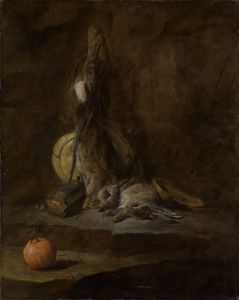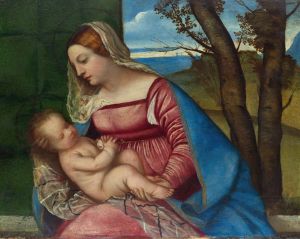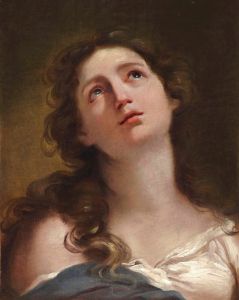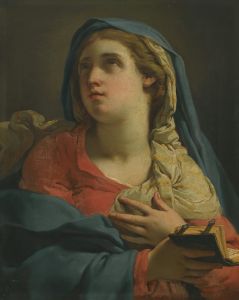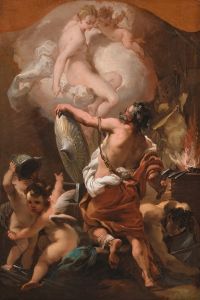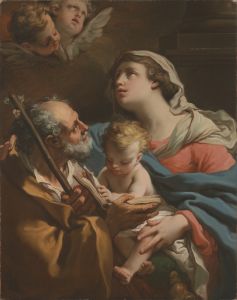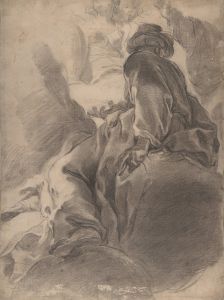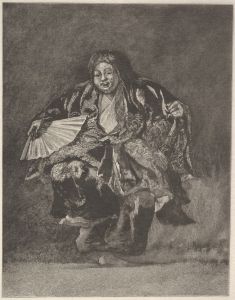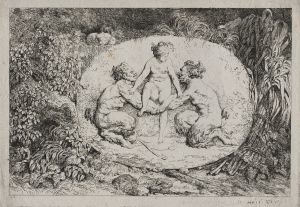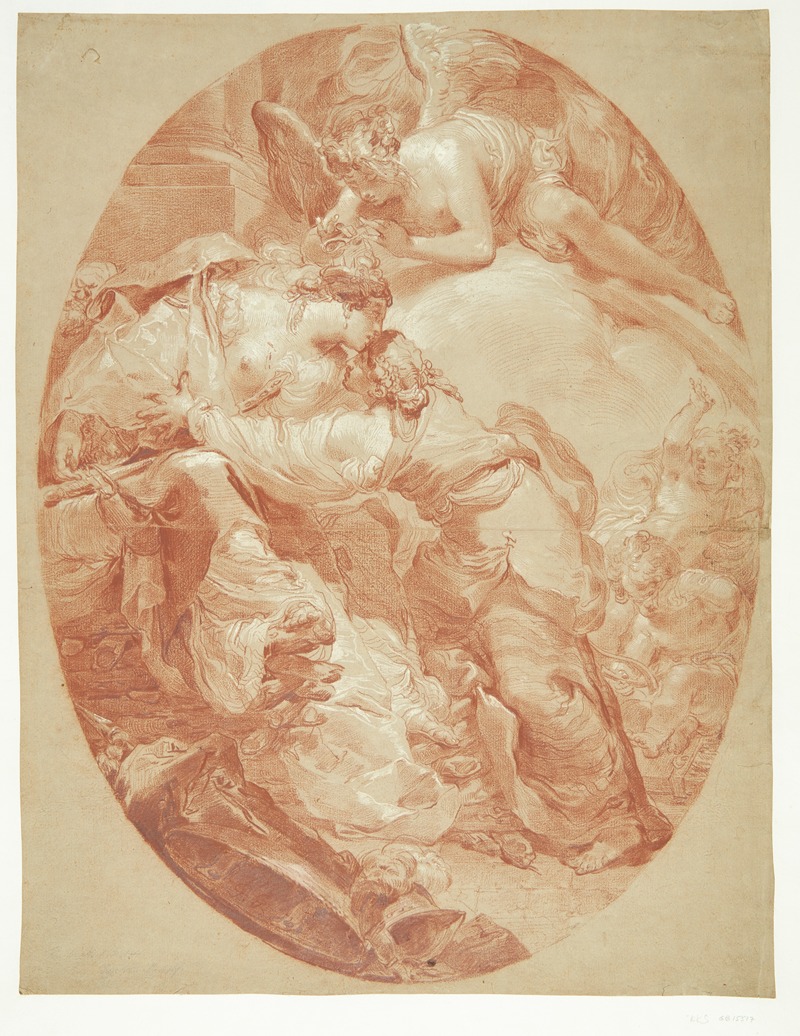
Didos død – Oval komposition
A hand-painted replica of Gaetano Gandolfi’s masterpiece Didos død – Oval komposition, meticulously crafted by professional artists to capture the true essence of the original. Each piece is created with museum-quality canvas and rare mineral pigments, carefully painted by experienced artists with delicate brushstrokes and rich, layered colors to perfectly recreate the texture of the original artwork. Unlike machine-printed reproductions, this hand-painted version brings the painting to life, infused with the artist’s emotions and skill in every stroke. Whether for personal collection or home decoration, it instantly elevates the artistic atmosphere of any space.
Gaetano Gandolfi (1734–1802) was an Italian painter of the late Baroque and early Neoclassical periods, known for his dynamic compositions and vibrant use of color. One of his notable works is Didos død – Oval komposition (The Death of Dido – Oval Composition), which depicts the tragic death of Dido, the legendary queen of Carthage, as described in Virgil's Aeneid. The painting is executed in an oval format, a characteristic choice that enhances the dramatic focus of the scene.
The artwork portrays the climactic moment when Dido, overcome with despair after being abandoned by Aeneas, takes her own life. Gandolfi's composition captures the emotional intensity of the narrative, with Dido's figure positioned prominently in the center. Her expression and posture convey a sense of anguish and resignation, while the surrounding elements, such as the flames of the pyre and the dramatic use of light and shadow, heighten the tension of the scene. The painting reflects Gandolfi's mastery of anatomy and his ability to convey complex emotions through gesture and facial expression.
Gandolfi's style in this work demonstrates a blend of Baroque dynamism and emerging Neoclassical clarity. The dramatic lighting and fluid movement are hallmarks of the Baroque tradition, while the balanced composition and attention to detail align with the Neoclassical aesthetic that was gaining prominence during his lifetime. The oval format further emphasizes the central action, drawing the viewer's eye directly to Dido's tragic figure.
The exact date of the painting is not definitively recorded, but it is believed to have been created during Gandolfi's mature period, when he was producing works that combined his early Baroque influences with the more restrained and formal qualities of Neoclassicism. The painting is an example of Gandolfi's ability to adapt classical themes to the tastes of his time, making use of both dramatic storytelling and refined artistic techniques.
Didos død – Oval komposition is housed in the collection of the National Gallery of Denmark (Statens Museum for Kunst) in Copenhagen. The museum's records indicate that the painting is part of their European art collection, showcasing works from the 17th and 18th centuries. It remains an important example of Gandolfi's contribution to the art of his era and his interpretation of classical mythology through a deeply emotional and visually compelling lens.





